Boulle in Châteaux
Château de Vaux Le-Vicomte
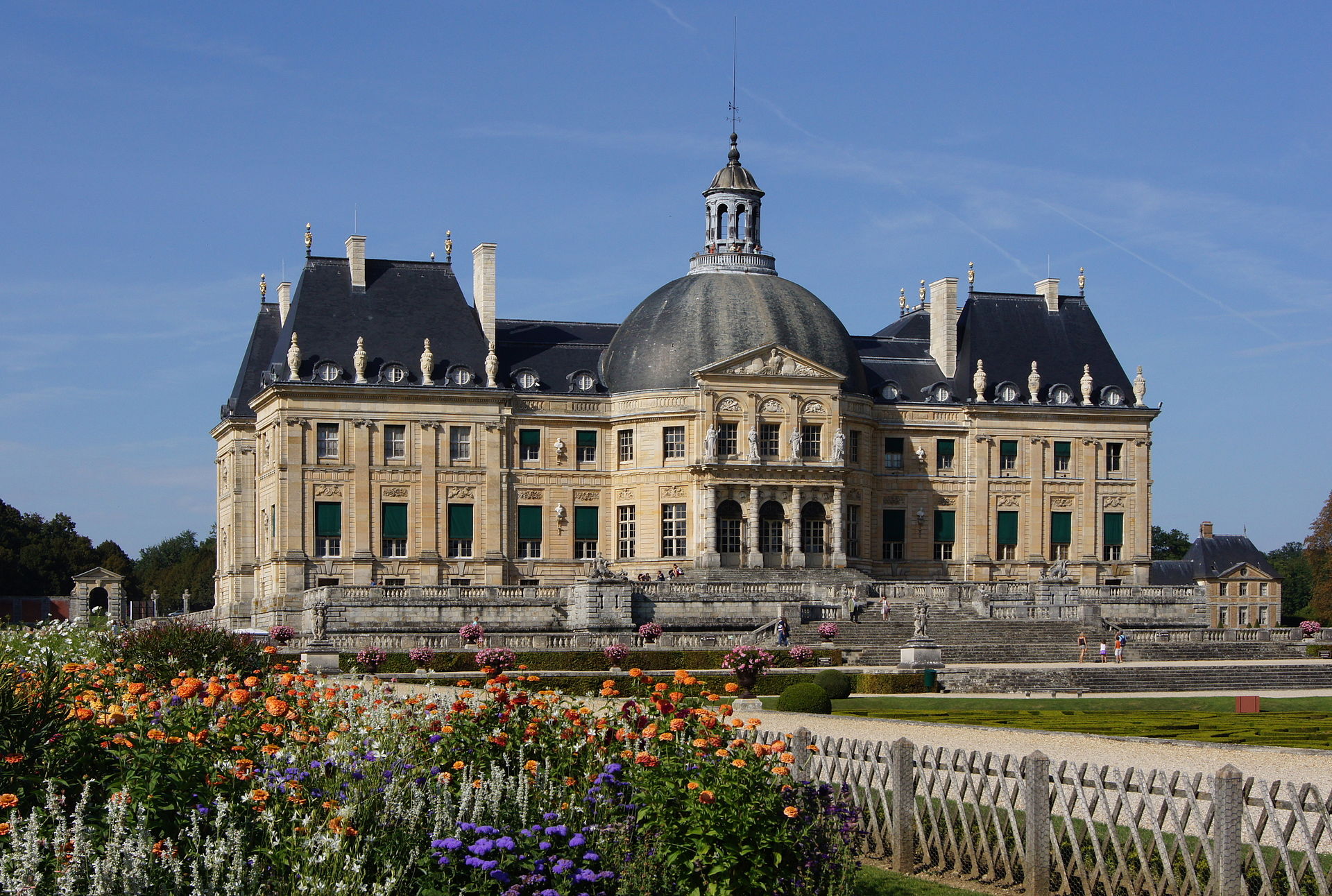
Château de Versailles

Grand Trianon
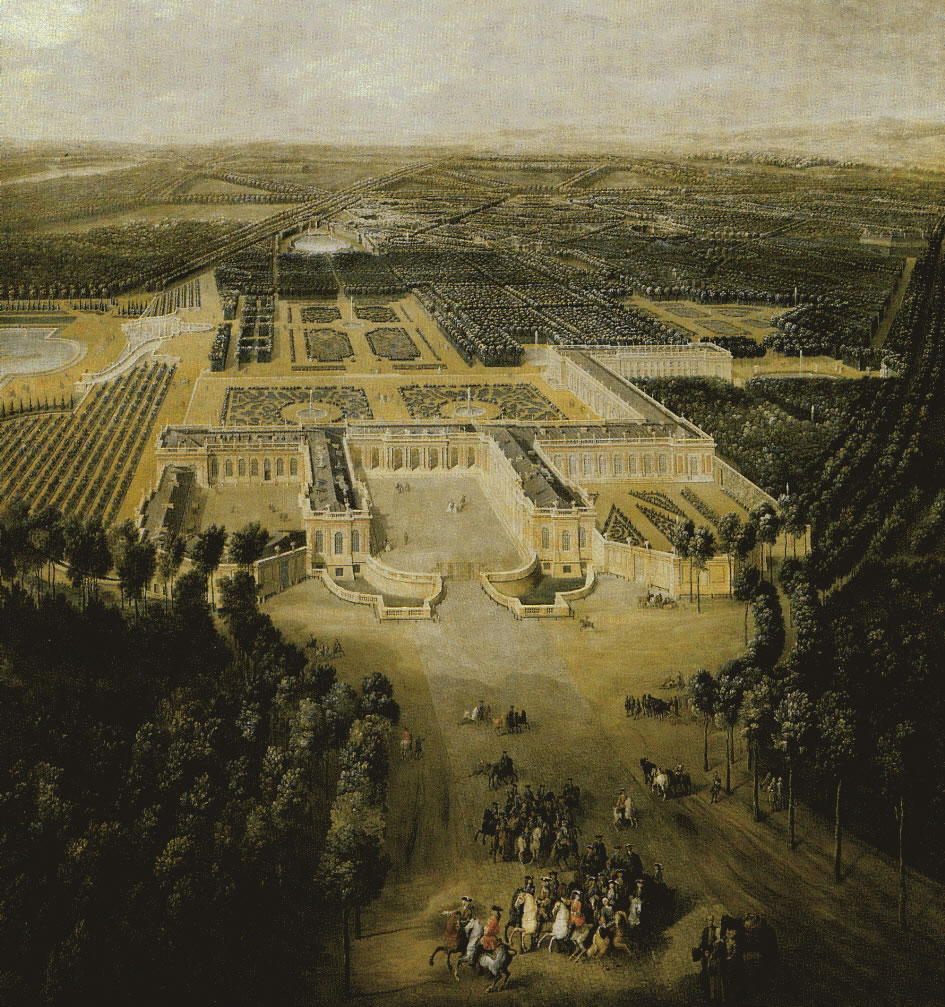
In 1708, the prototypes for the Mazarin Commode, then called bureaux, were delivered to the Grand Trianon by André-Charles Boulle. The 1st Duke of Antin, Louis Antoine de Pardaillan de Gondrin Director of the King’s buildings, wrote to Louis XIV: “I was at the Trianon inspecting the second writing desk by Boulle; it is as beautiful as the other and suits the room perfectly.” From the beginning, the design proved to be immensely popular, although it has also been criticized for an “awkward treatment of forms,” meaning, in particular, the four extra spiral legs that were required to support the weight of the bronze mounts and marble top.[3] Nevertheless, the Boulle workshop made at least five other examples of this expensive model, including the Metropolitan’s.
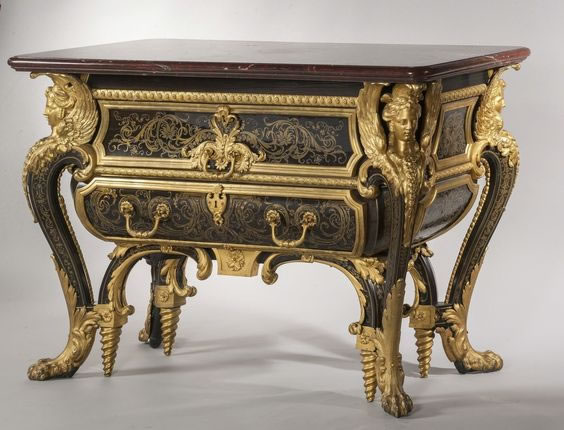
Traditionally, they have been dated between 1710 and 1732, the year of Boulle’s death; by 1730, however, the decorative style of the Sun King’s long reign had been supplanted by the lighter forms of the Régence and early Rococo, and a date of 1710–20 is probably more accurate. It seems strange that the Duke of Antin and probably Boulle himself should have called this new type of chest a bureau, yet they may have seen it in connection with the bureau plat, a flat-topped desk with a large writing surface that was currently being developed. A very fine example of the celebrated Boulle bureau plat is the one made for Louis-Henri de Bourbon (1692–1740), prince de Condé, for the Château de Chantilly. The design of the commode reflects the view of the late Louis Quatorze period that court art should be characterized by opulence and swagger. John Morley has pointed out that “the extraordinary way in which its body is, as it were, slung between the eccentric legs is somewhat reminiscent of carriage construction.” Indeed, if the tapering spiral supports behind the paw feet could be removed, the resemblance would be even more striking. Like one of the splendid carriages that rolled down the road to Versailles––a moving “billboard” for the glorification of its owner[6]––this commode was intended to impress. A look at some details reveals the unsurpassed skill and artistic imagination of the Boulle workshop. The three-dimensional acanthus-leaf scroll mount on the upper drawer was a signature ornament of Boulle’s, one that he employed on many pieces. Its design is echoed in the light-catching two-dimensional brass-and-tortoiseshell marquetry on both drawer fronts. This refinement extends the movement along the surface of the piece and heightens the bulging appearance of the body, as if some power within was pressing the surface outward. This effect of surface tension is one of the reasons why Boulle’s pieces dominate the space around them, becoming the focal point of any interior. Extraordinary are the female figures with paw-and-acanthus feet that support the sarcophagus-shaped body. The sensitive finishing of the bronze surface of these sculptures is especially noticeable in the matted, feathery look of the wings, which is achieved by chiseling, and in the sheen of the burnished areas. André-Charles Boulle, who was named King’s Cabinetmaker, Chaser, Gilder, and Engraver in 1672, headed an important workshop at the Louvre. He did not invent the metal-and-tortoiseshell marquetry technique named for him called “Boulle Work“, but he perfected it, and it bestows upon his creations a unique look, raising them to a level of artistry where furniture becomes sculpture. Through his etchings Boulle publicized his exquisitely fashionable line of products, both stimulating and reflecting a new taste for luxurious furnishings.Every collector of grand French furniture has acquired a “Boulle,” either an original workshop example or one of the countless copies that were made during the late-eighteenth, nineteenth, and twentieth centuries.’
Château de Chantilly
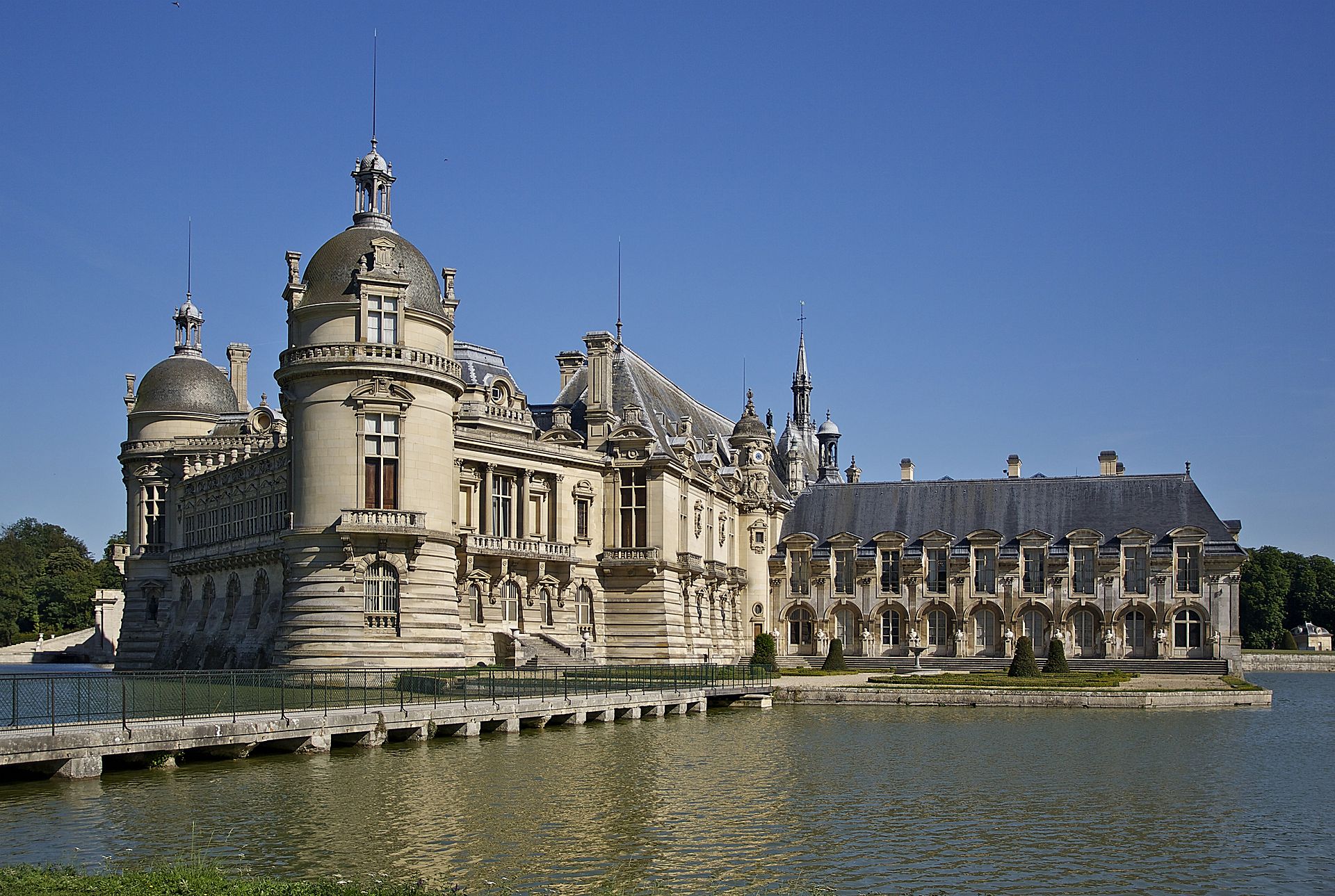
Waddesdon Manor
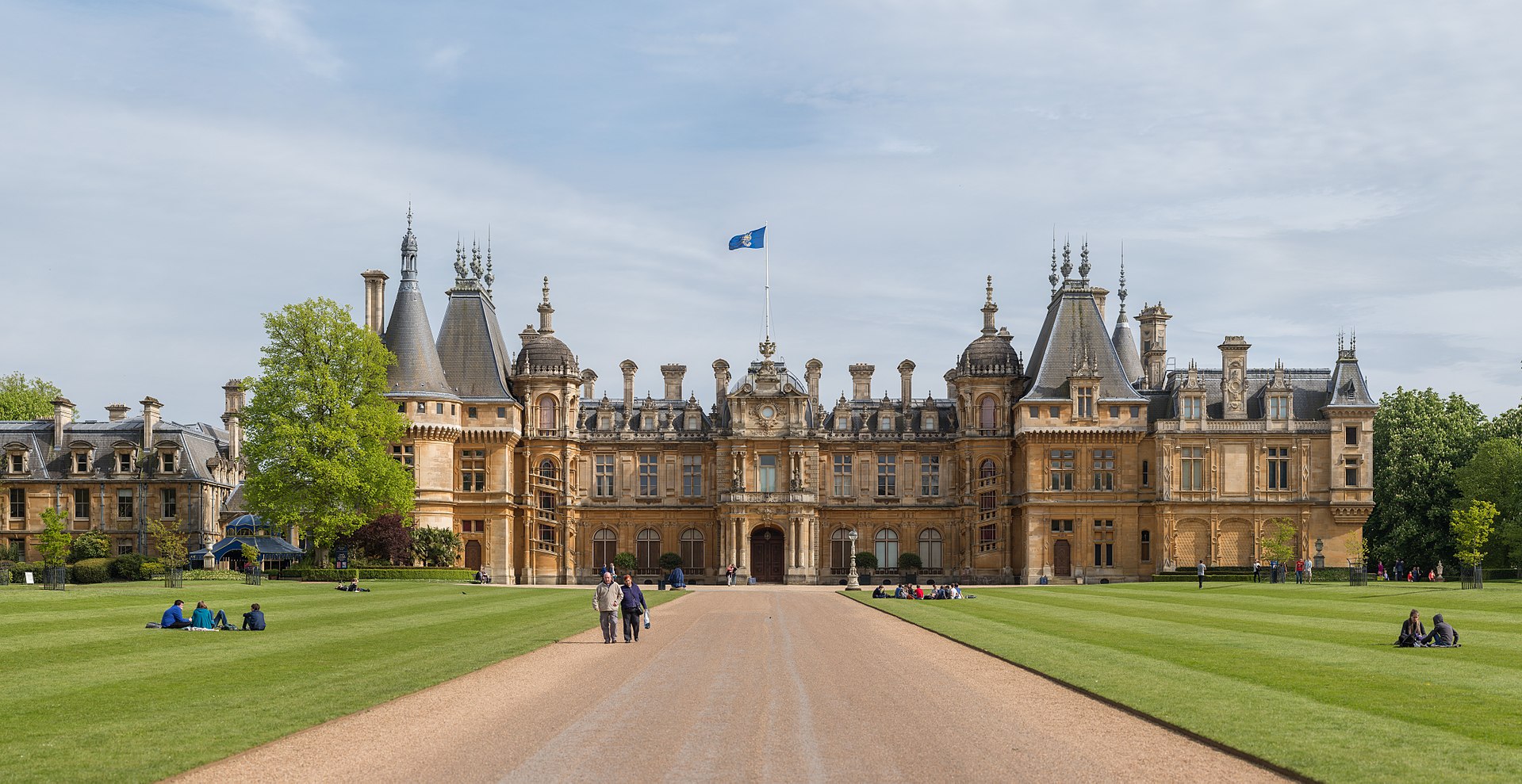
The Royal Collection & Windsor Castle
‘Most of the furniture in the Royal Collection made by, or attributed to, Boulle was acquired by George IV (1762–1830). A Francophile, the king furnished the royal palaces with large quantities of fashionable French furniture from the 1780s until his death in 1830. The lavish style and use of exotic materials accorded well with his extravagant taste. However, due to the volume of eighteenth- and nineteenth-century imitations, as well as the fact that Boulle did not sign his work, it can be difficult to definitively credit pieces to the maker. For this reason, many of the Boulle-marquetry pieces in the Royal Collection are recorded as ‘attributed to André-Charles Boulle’. There are at least 13 works of art by André-Charles Boulle in the Royal Collection, including (i)Armoire, c. 1700 (The Grand Corridor, Windsor Castle) (ii) Cabinet (en première-partie), c. 1700 (The Grand Corridor, Windsor Castle) (iii) Cabinet (en contre-partie), c. 1700 (The Grand Corridor, Windsor Castle) (iv)Cabinet, (without stand, similar to ones in the State Hermitage Museum and the collections of the Duke of Buccleuch) (v) Paire de bas d’armoire, (The Grand Corridor, Windsor Castle) (vi) Writing table, possibly delivered to Louis, the Grand Dauphin (1661–1711), c. 1680 (vii) Paire de torchère, c. 1700 (viii) Bureau Plat, c. 1710 (The Rubens Room, Windsor Castle) (ix) Petit gaines, attributed to., early 18th century. (Source: Royal Collection)